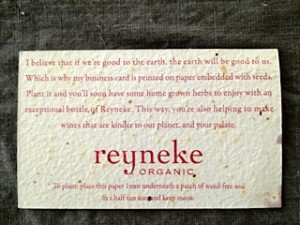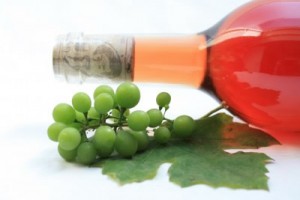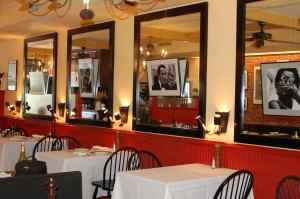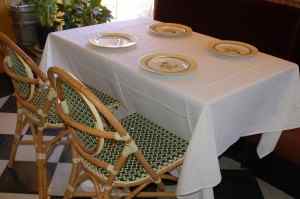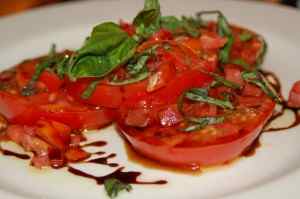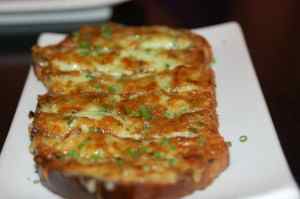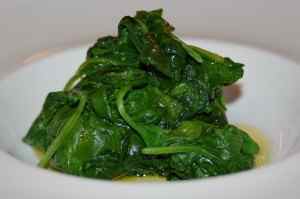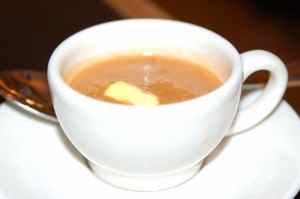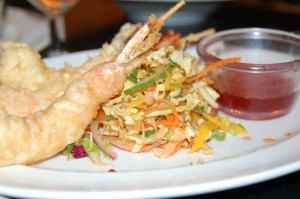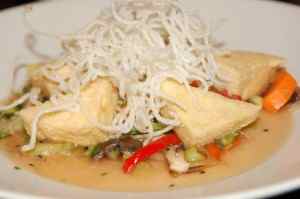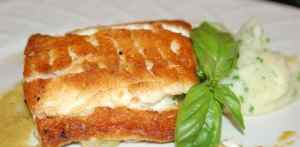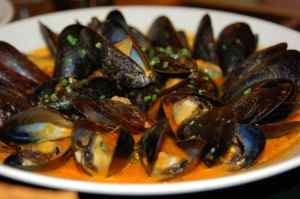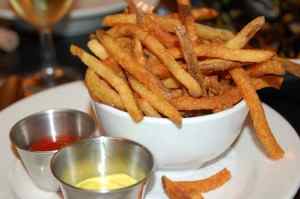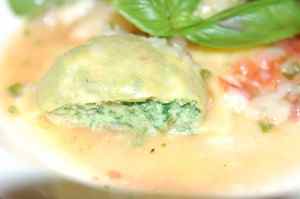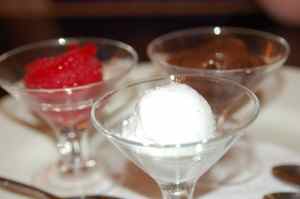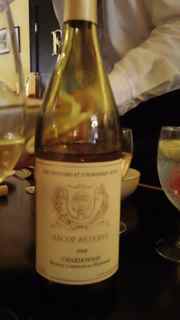Johan Reyneke of Reyneke Wines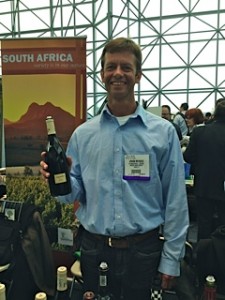
This month, while contemplating what Earth Day means to different people, I was struck with the notion that, for biodynamic winemakers, every day is Earth Day. This belief was recently demonstrated when I had the pleasure of meeting Johan Reyneke, a biodynamic winemaker from South Africa. In fact, he claimed to be the only biodynamic winemaker in South Africa. I am an advocate of organic, biodynamic and sustainable winemaking and am thrilled when I find people committed to producing products farmed with these methods. What pleased me even more were the wines themselves. Fresh, clean, complex without being aggressive – they were the definition of terroir driven wines.
Johan Reyneke, owner of Reyneke Wines, took over farming activities from his mother in 1998 on their family farm, which faces the historic town of Stellenbosch in South Africa. Reyneke began his vineyard using conventional agricultural methods. He soon moved to organic methods, eventually converting completely to biodynamic farming and winemaking methods. It is his belief that biodynamic principles produce high quality wines that are truly terroir specific. Reyneke’s non-interventionist style of winemaking seems to be paying off. His wines have been warmly received, garnering approval from a wide range of critics including Wine Spectator and Wine Advocate.
Reyneke Sauvignon Blanc and Capstone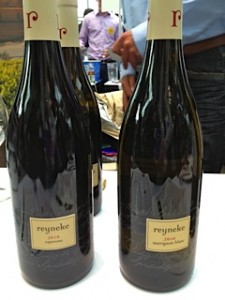
Mr. Reyneke was pouring two of his wines on the day we met. The first was his 2010 Sauvignon Blanc. This wine had recently received a wine rating of 90 points from both Wine Spectator and Wine Advocate. I prefer my Sauvignon Blanc to be a bit more subtle than some of the rather aggressive wines coming out of New Zealand that are so popular now. This wine fit the bill perfectly. More mineralic than fruity, it still showed delightful notes of stone fruits, mostly peach, that were well balanced by the light-handed barrel treatment.
The second wine was Reyneke's 2010 Capstone Red, a blend of cabernet sauvignon, merlot and cabernet franc. I confess, I am a big cabernet franc fan. Its rustic earthiness reminiscent of mushrooms, tobacco, and wet forest floor is pleasing to my palate. These traits were detectable in this chewy wine, along with notes of vanilla and espresso, figs and a touch of spice. Enjoyable to drink now, this wine will mellow nicely over the next couple of years.
Before taking my leave, Mr. Reyneke presented me with yet one more thing I found delightful – his calling card. Made by Mr. Reyneke with recycled paper, it is embedded with herb seeds. The writing on the card encourages the holder to plant it and grow herbs that can be enjoyed with Reyneke’s wines. I have been thinking of planting it for a month now but I enjoy seeing it and being reminded to pick up another bottle of his well-crafted wine.
